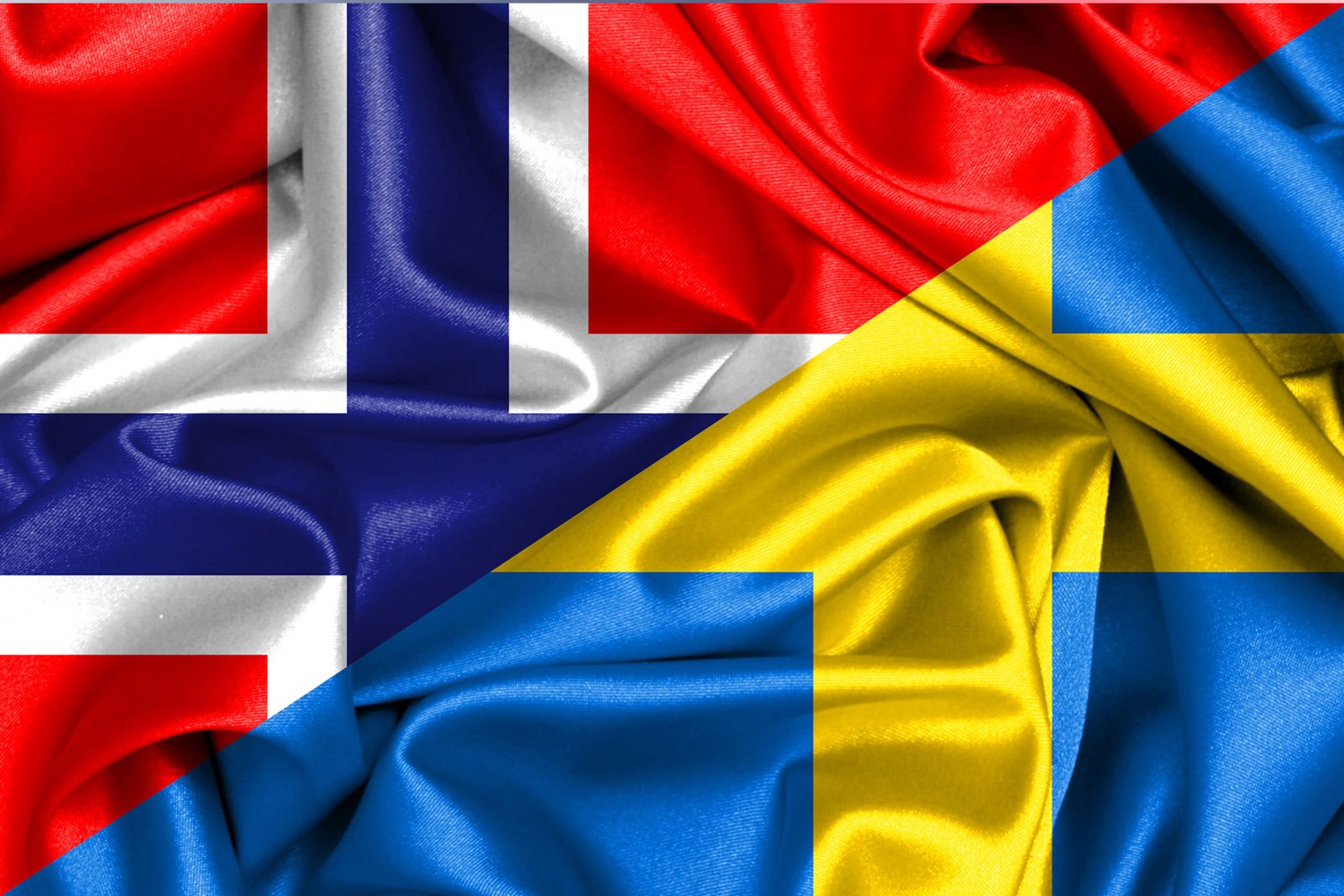Trade kings of the Nordic region: Norway and Sweden


Trade kings of the Nordic region: Norway and Sweden
Norway and Sweden often receive accolades as economic and social role models, embodying a blend of free-market capitalism and a robust welfare state, private ownership, and a thriving public sector, and robust growth coupled with extensive redistribution. These paradoxes make understanding their success intriguing. Sweden and Norway are renowned for their commitment to egalitarianism and wealth generation, often associated with high taxes, generous salaries, and strong social cohesion. However, there are misconceptions in these assumptions. Scandinavian corporate taxation is competitive, with lower rates than the US in some cases. Economic inequality has risen in Sweden due to factors like credit deregulation and government tax cuts. Income tax in Norway and Sweden is relatively high for most individuals, not just the affluent. One key to their success is high productivity, with Sweden ranking second globally in the Global Innovation Index, reflecting its economic performance. The Nordic Model combines free-market economics with progressive taxation and state-provided essential services like energy, public transport, and education, prioritizing resource allocation, free healthcare, gender equality, and family life. The freedom to enjoy long breaks, like Sweden’s habit of shutting down in July, is linked to higher annual productivity. This model has faced challenges from right-wing populist parties as immigration increases. Both countries have enjoyed robust stock markets, with Sweden boasting a more extensive list of publicly traded companies. Norway’s newfound wealth came from its oil reserves in the North Sea, resulting in a sovereign wealth fund. Sweden’s rise was more gradual, stemming from infrastructure preservation during World War II and later shifts toward deregulation and exports.
Scandinavia offers opportunities for stock market investors due to under-researched stocks. The Oslo Børs in Norway and the Stockholm Exchange in Sweden provide trading platforms for various companies. Notable corporations in Norway include Equinor (formerly Statoil), Telenor, and DNB. Sweden boasts companies like AB Volvo, Ericsson, and H&M. Scandinavia’s stocks also have defensive qualities and are influenced by utilities, mining, oil, agriculture, and consumer staples. However, international mergers and acquisitions can impact these companies. Sweden’s embrace of cryptocurrency, like the E-Krona, exemplifies its adaptability to new technology. The region’s green concerns coexist with cryptocurrency mining’s substantial energy consumption. Sweden and Norway’s success stems from strong unions working collaboratively with management, linking wage increases to productivity and quality. Both countries rank highly on the World Bank’s Ease of Doing Business Index and the World Economic Forum’s Global Competitiveness Index. Immigration has raised concerns about the welfare system’s sustainability, but demographic shifts due to an aging population pose a more significant threat to the Nordic welfare system. Increasing unease in international relations, especially with Russia and the US, has deepened economic ties between Norway, Sweden, and Finland. While Norway and Sweden have achieved wage and productivity equality, capital ownership remains unequal. The concept of a “northern utopia” is met with caution as the contract between private companies, public institutions, and citizens faces regular scrutiny.
Get back to Seikum News 🤓




